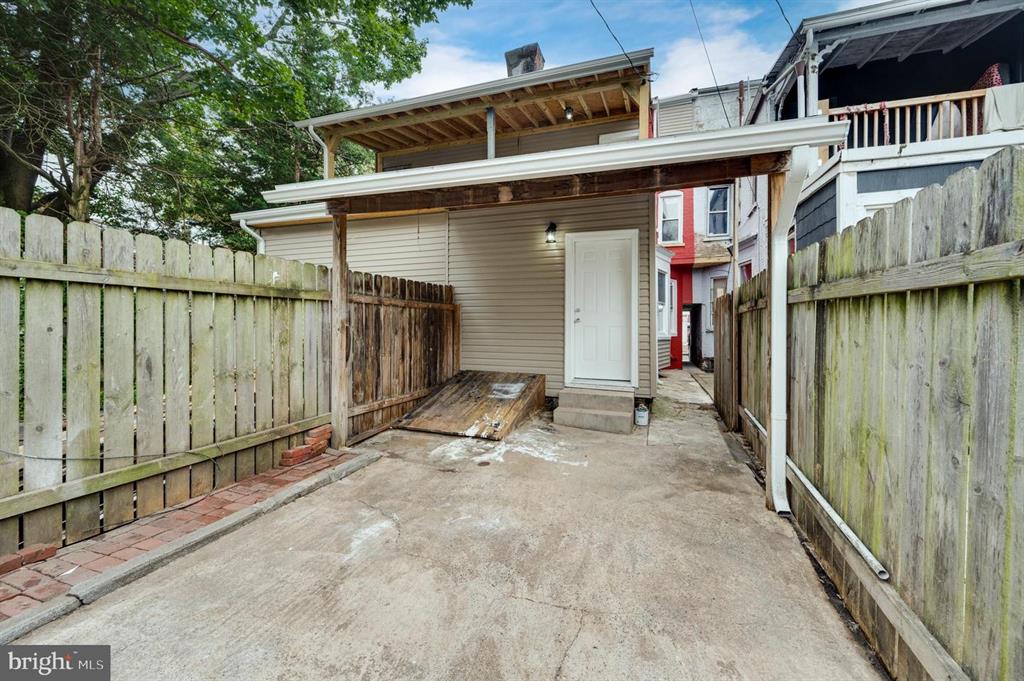
Jump to:
As a real estate investor or property management company, it’s crucial to monitor tenant retention rates. Being able to maintain high-quality residents is key to long-term success.
What Is Tenant Turnover?
Your tenant turnover rate measures the number of tenants who have vacated your property within a specific period of time. To determine your rate, divide the number of tenants that moved out over 12 months by the total number of tenants you’ve had on your property during that same time period. Then, multiply that result by 100. A good turnover rate in real estate is around 70%.
This rate matters because high resident retention leads to:
- Lower vacancy rates.
- Sustained profitability.
- Increased property value.
Overall, the more satisfied your tenants are, the more likely they are to stay, increasing your lease renewals and improving profitability.
Expenses of Tenant Turnover
Tenant turnover is a process that can create large expenses for your property rental business. The uncertain time period it takes to find a new tenant for a specific rental unit can bring along several costs that you might not always expect. If you identify these potential costs ahead of time, you can better prepare for them as a landlord or property owner.
- Cleaning expenses: A major and immediate expense after a vacancy is deep cleaning. Even if a tenant does his or her best to keep the rental unit clean, there are going to be some areas of improvement or some spots they might have missed. Also, you will need to keep the unit in pristine condition for any demonstration. Hiring a cleaning contractor to conduct a deep clean can be expensive, particularly for a long period of time, so keep this in mind.
- Repair & maintenance costs: Just as you need to keep the rental unit clean, it should also stay free from any potential damage. Even the best tenants may cause some minor bumps or scratches in the walls, floors, or other parts of the house. Alternatively, tenant turnover is a great opportunity to conduct any repair and maintenance to the unit, since the place will be empty, and it will not inconvenience anyone. Either way, expect to spend a significant amount of money on both repair and maintenance for the property.
- Paperwork and administrative costs: Vacancy turnover also creates plenty of paperwork, and along with it, more costs. Move-out paperwork, lease agreements, document processing, and applicant screening will cause photocopying, printing, and processing expenses. Consider turning to electronic paperwork, if possible.
- Lack of income: The vacancy of the property doesn’t just cost you money on cleaning and maintenance, but it will also take away from your rental income. You will not have the usual funds you receive from rent collection until a new tenant moves in. This might not be as impactful if you own a larger apartment building or a multifamily complex. However, owning a single-family property or smaller multiunit operations will make the lack of income more noticeable and impactful.
- Property demonstration: Whether you are a more involved landlord or prefer to keep matters at bay, showing off the property for any potential tenants will cost you a considerable amount of time, resources, and money. You or the property manager may have to drive back and forth to show the property to the potential tenant, which can also create expenses for the tenant. You must also consider the expenses for listing the property. If you demonstrate the rental unit to the tenant, and the tenant refuses, it will only mean the process was a bigger time and money sink than necessary. Make arrangements for these possibilities, and if possible, consider holding online demonstrations.
10 Ways to Improve Tenant Retention
The following are some of the best ways to reduce your tenant turnover rate:
- Set a yearly residential retention budget: Planning an annual resident retention budget provides the opportunity to invest wisely in retention initiatives like community events, maintenance improvements and resident appreciation programs.
- Host events to create a community: You can foster connections among residents and enhance their sense of belonging through community events. Occasions like shared interest gatherings, scheduled activities and holiday celebrations will draw residents together and build community spirit.
- Immediately address maintenance requests: Measures like acknowledging tenant requests, providing estimated repair timelines and communicating updates ensure residents feel heard and enhance the overall resident experience.
- Provide convenient access channels: Make it easy for tenants to get in touch with you. Whether you rely on messaging services, online portals or text messaging, these digital tools will let you connect and build long-term relationships with your residents.
- Offer resident benefits and incentives: Another way to acknowledge tenants and encourage lease renewals is by implementing a Resident Benefits Package (RBP). You can create value and “reward” tenants by providing them with personalized experiences, community perks like a local gym membership, or discounted or free services like carpet cleanings.
- Develop a proactive renewal strategy: As tenants reach the end of their lease agreement, begin proactively engaging with them to encourage them to renew their lease. You can do this through lease renewal incentives, personalized offers and flexible terms.
- Prioritize tenant screening: To ensure you’re choosing the right applicants upfront, take the time to thoroughly screen each one by verifying their income and employment and conducting comprehensive background checks. You can also ask for references to get more information.
- Enhance property maintenance and upgrades: The better your property looks, the more likely tenants will be satisfied and want to continue renewing their leases. By performing regular property inspections, keeping up with proactive maintenance and doing strategic upgrades, you’ll meet your residents’ expectations.
- Foster positive tenant-landlord relationships: By prioritizing prompt, effective communication and delivering exceptional customer service, you’ll be able to build strong, long-term relationships with your tenants.
- Implement technology solutions: Technology solutions like tenant portals or online rent payment platforms can enhance your management processes and operational efficiency.
Discover Comprehensive Property Management Solutions
Collaborating with an experienced property management company can provide the expertise and resources necessary to implement these strategies effectively, benefiting both investors and residents. Contact Home365 today to learn how we can make managing properties easy.




